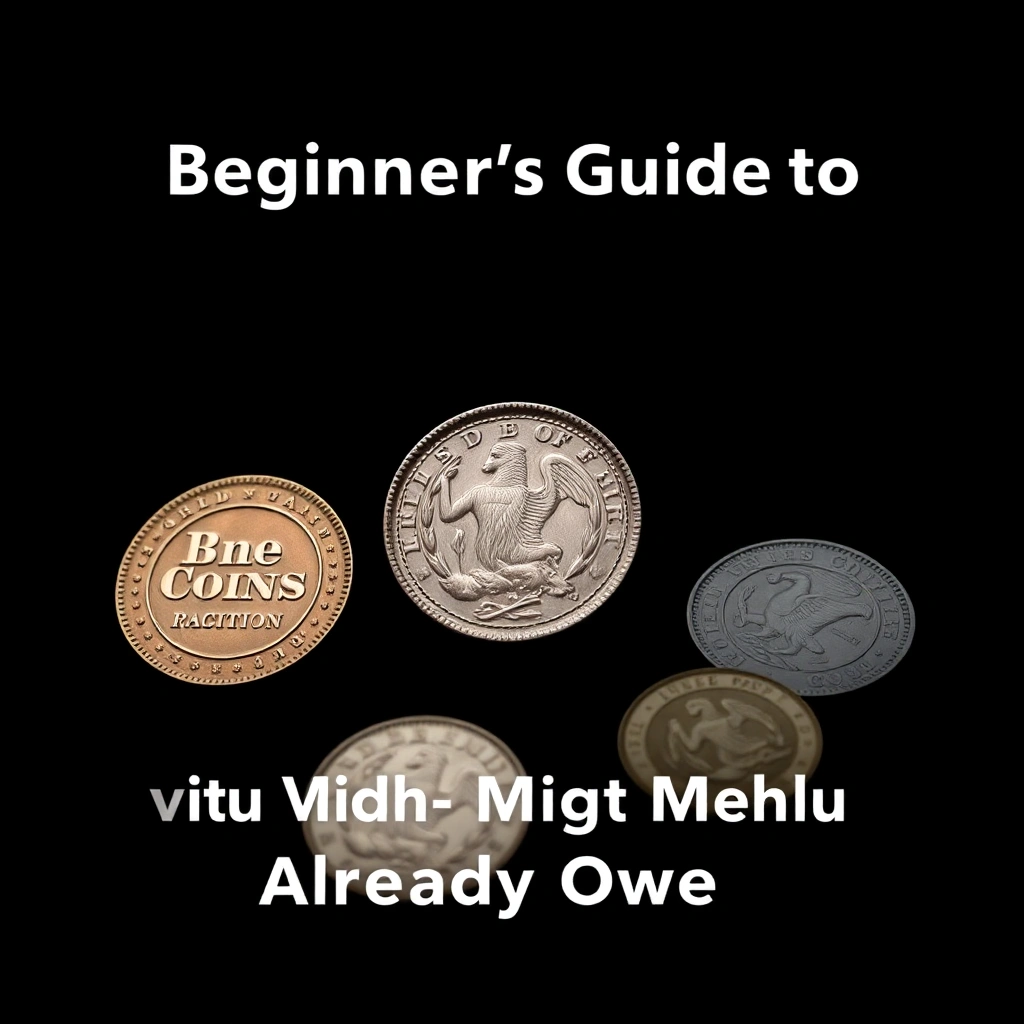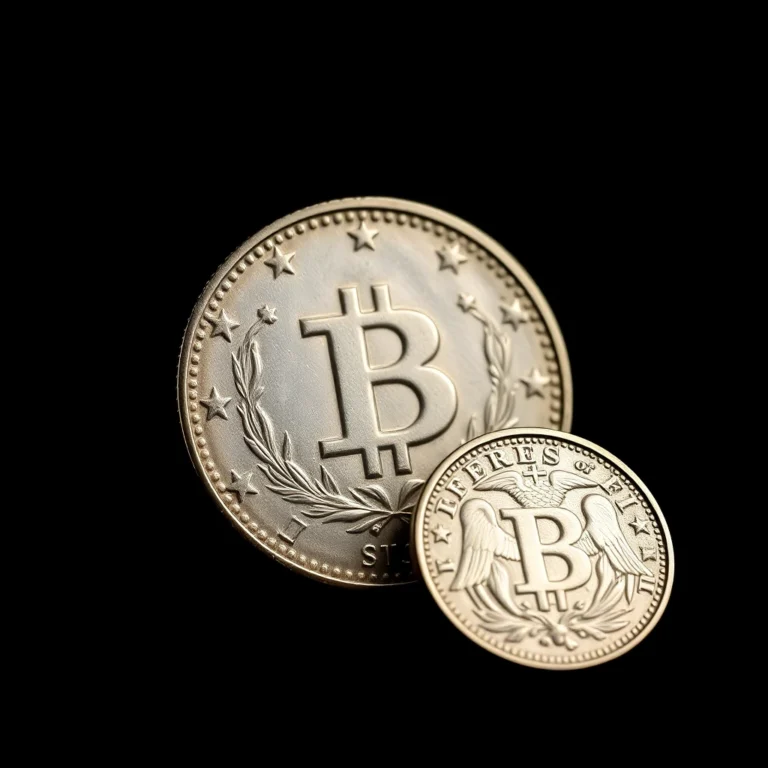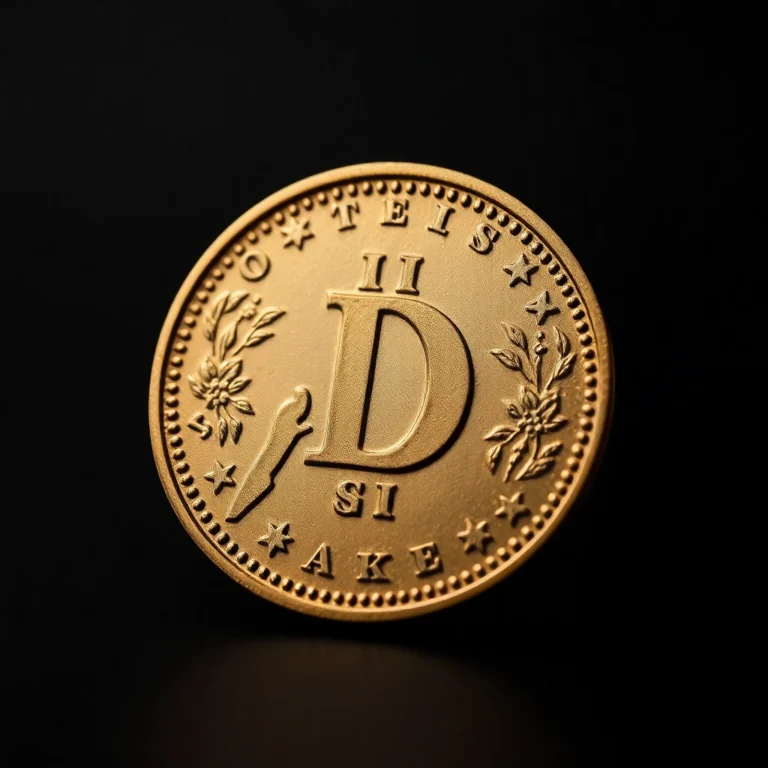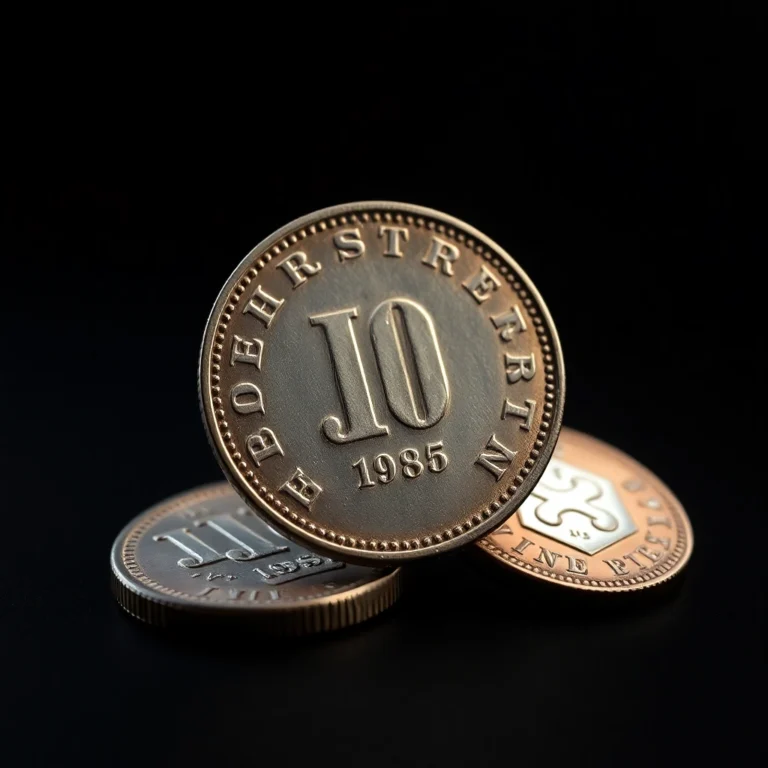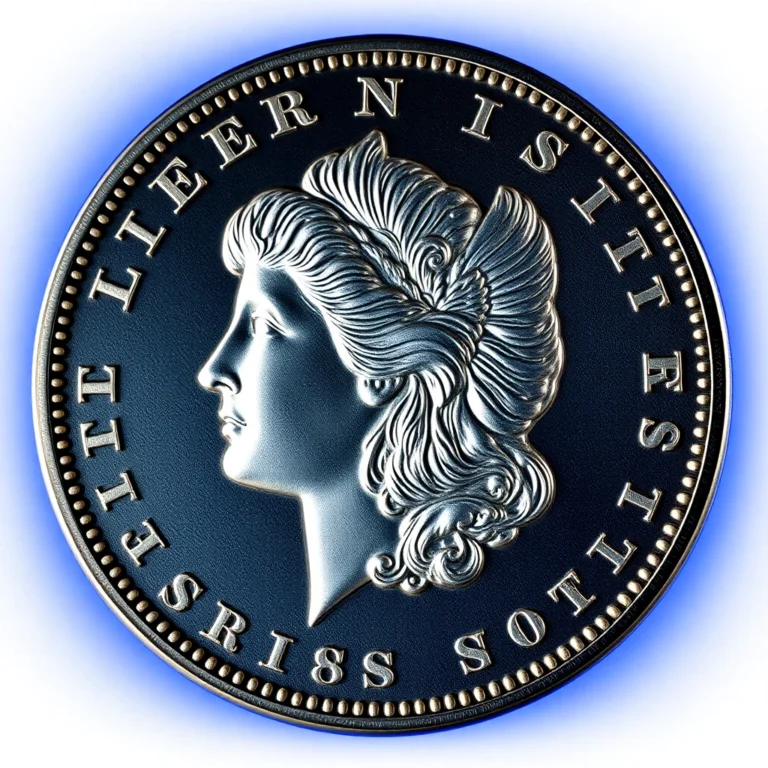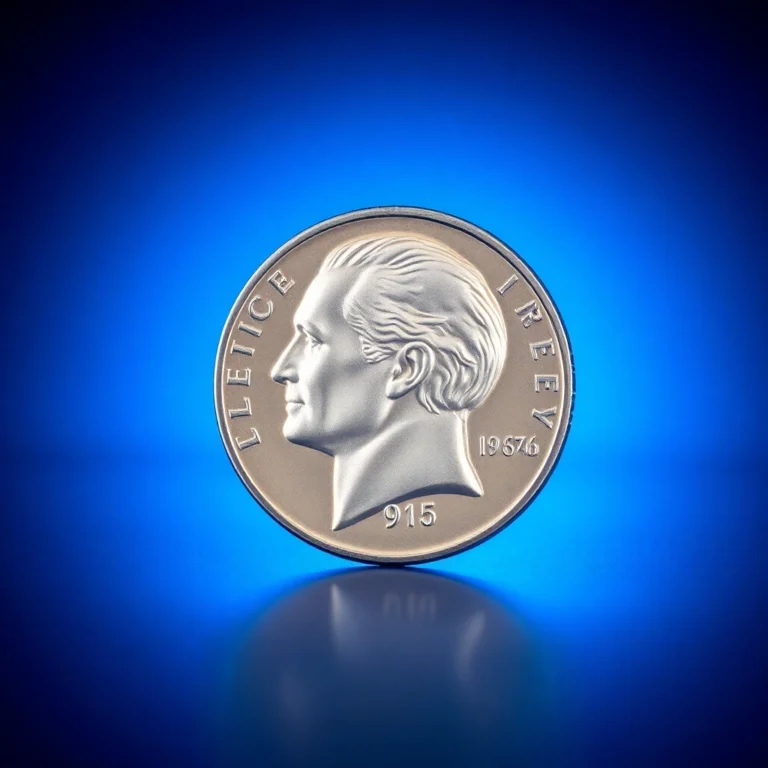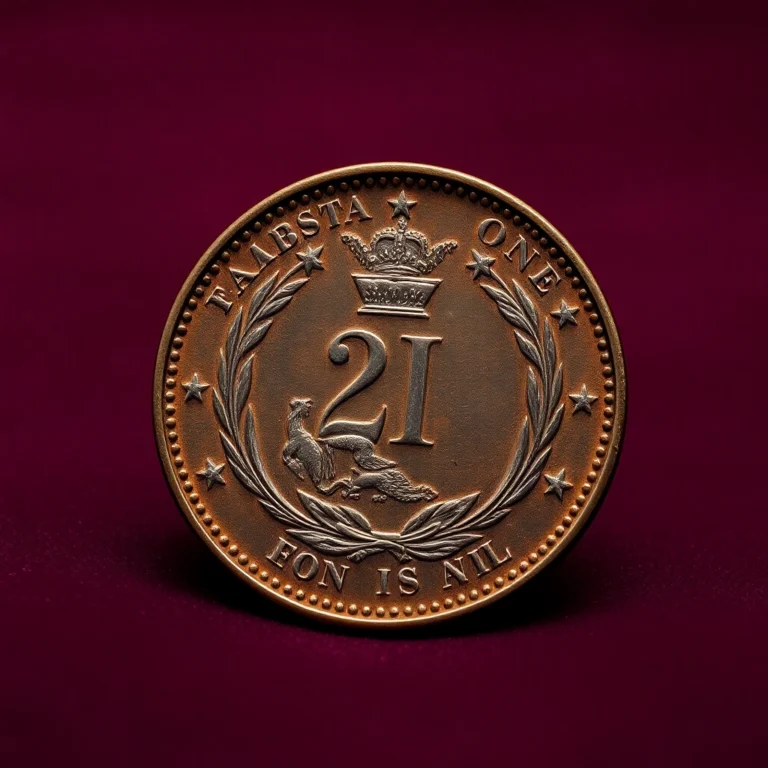Imagine sifting through a jar of loose change and discovering a hidden treasure worth far more than its face value. For many coin collectors, this dream can become a reality with a bit of knowledge and keen observation. Rare coins often masquerade as ordinary currency, waiting to be unveiled by those who understand their unique markers and historical significance. This guide is your first step into the fascinating world of coin collecting, where the thrill of the hunt meets the allure of history.
Understanding what makes certain coins rare and desirable is crucial for any budding numismatist. In this article, you’ll learn how to identify coins that might already be in your possession, recognize their distinctive features, and appreciate their stories. These coins are more than just money; they’re pieces of art, history, and culture wrapped in metal. Whether it’s a misprinted penny or a silver dollar with a storied past, the journey to uncovering their true value begins here.
Could a small fortune be lying unnoticed in your change drawer? Let’s delve into the stories behind these coins and uncover the hidden gems that might just be waiting for you to discover their worth.
Beginner’s Guide to Rare Coins You Might Already Own
Coin collecting is a fascinating journey through history, art, and culture. Many collectors are surprised to learn that some rare coins might already be in their possession, hiding in their pocket change or inherited collections. This guide will help you identify these treasures, understand their value, and provide expert tips for collecting.
Historical Background and Significance
Rare coins are often minted during significant historical periods or embody unique national symbols. For example, the 1943 Lincoln Steel Penny was produced during World War II when copper was redirected for the war effort. Understanding the historical context of these coins adds depth to your collection and enhances appreciation.
Physical Characteristics and Design
Each rare coin has distinctive physical characteristics and designs that make it stand out. The design elements usually include motifs, inscriptions, and the portrait of a notable figure. For instance, the 1909-S V.D.B. Lincoln Penny features the initials of its designer, Victor David Brenner, on the reverse, which was later removed due to public controversy.
Mintage Figures and Rarity
Mintage figures are crucial in determining a coin’s rarity. The fewer coins minted, the higher the potential value, especially if many were lost or melted down over time. The 1916 Standing Liberty Quarter is a prime example with a low mintage of just 52,000 pieces, making it a rare find.
Known Varieties and Errors
Numismatic varieties and errors can significantly impact a coin’s desirability and value. Varieties may include differences in mint marks or design elements, while errors could involve double strikes, off-center minting, or planchet flaws. The 1955 Doubled Die Lincoln Cent is famous for its dramatic doubling on the obverse, making it highly sought after among collectors. 🔍
Value Information
Understanding the value of rare coins requires knowledge of their condition or grade. Below are detailed tables with current market values for some common rare coins you might own.
1943 Lincoln Steel Penny
| Grade | Value Range |
|---|---|
| Good (G-4) | $0.10-$0.20 |
| Very Good (VG-8) | $0.20-$0.50 |
| Fine (F-12) | $0.50-$1.00 |
| Very Fine (VF-20) | $1.00-$2.00 |
| Extremely Fine (EF-40) | $2.00-$5.00 |
| About Uncirculated (AU-50) | $5.00-$10.00 |
| Mint State (MS-60) | $10.00-$25.00 |
| Gem Mint State (MS-65) | $25.00-$50.00 |
